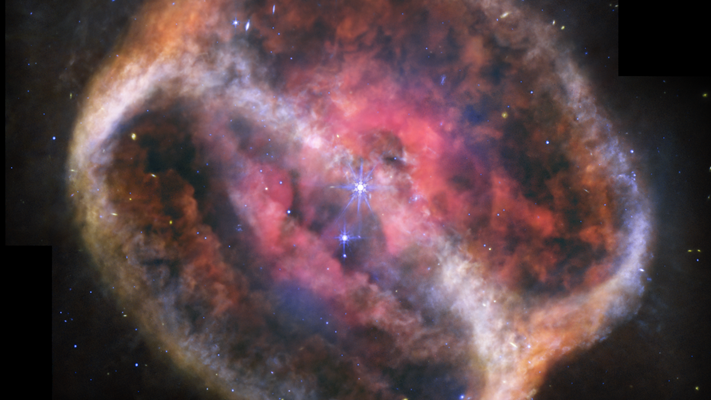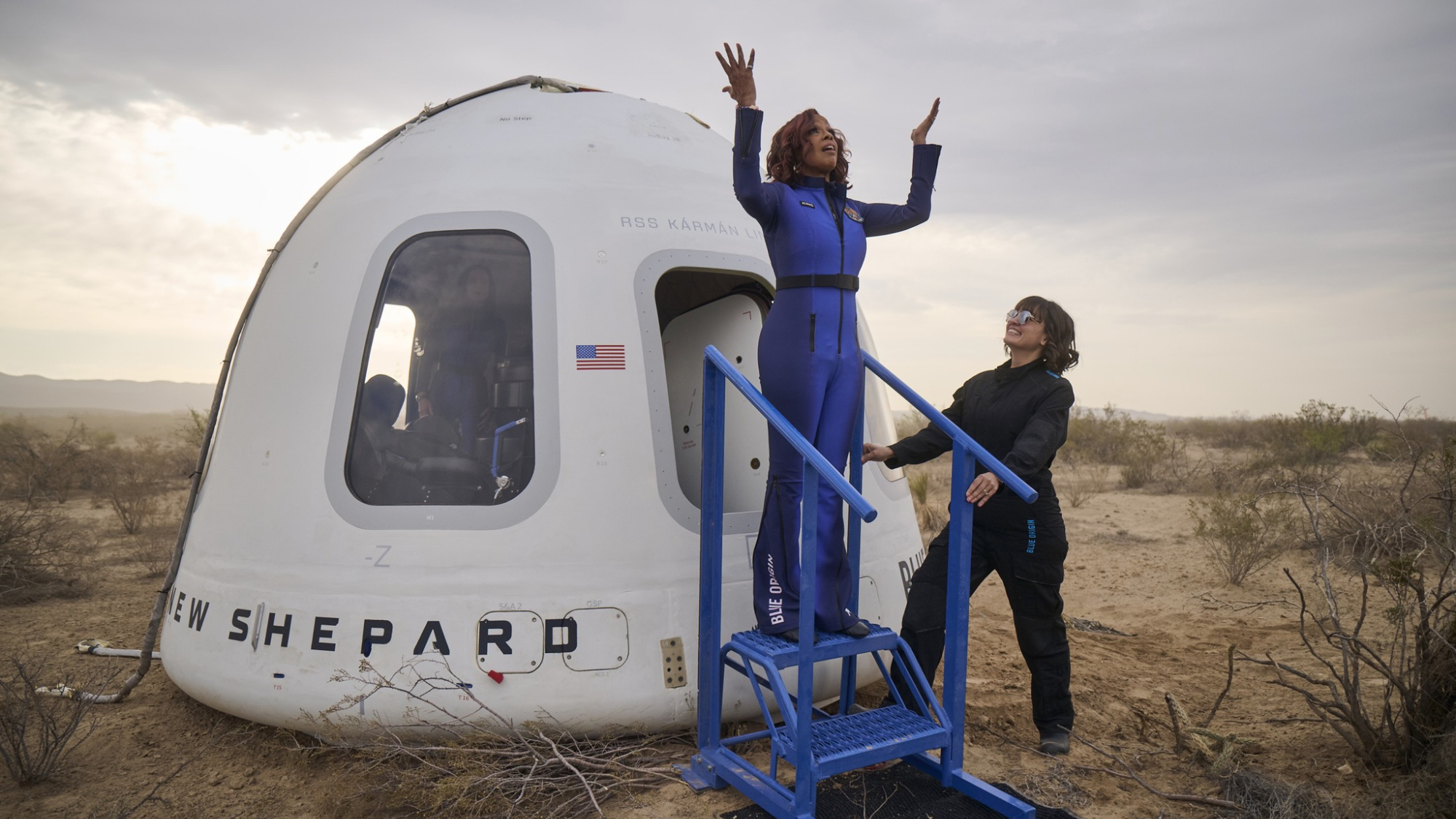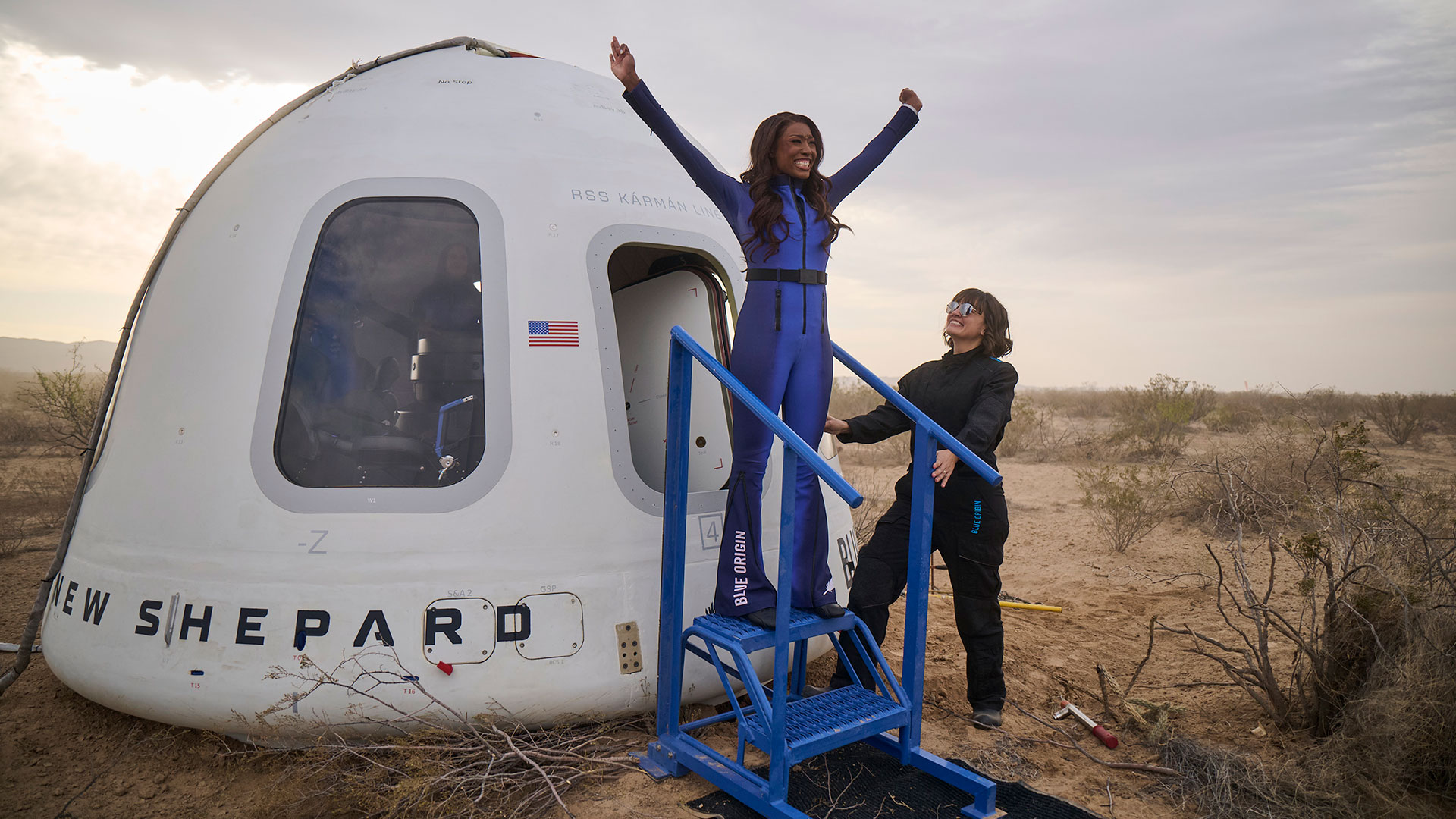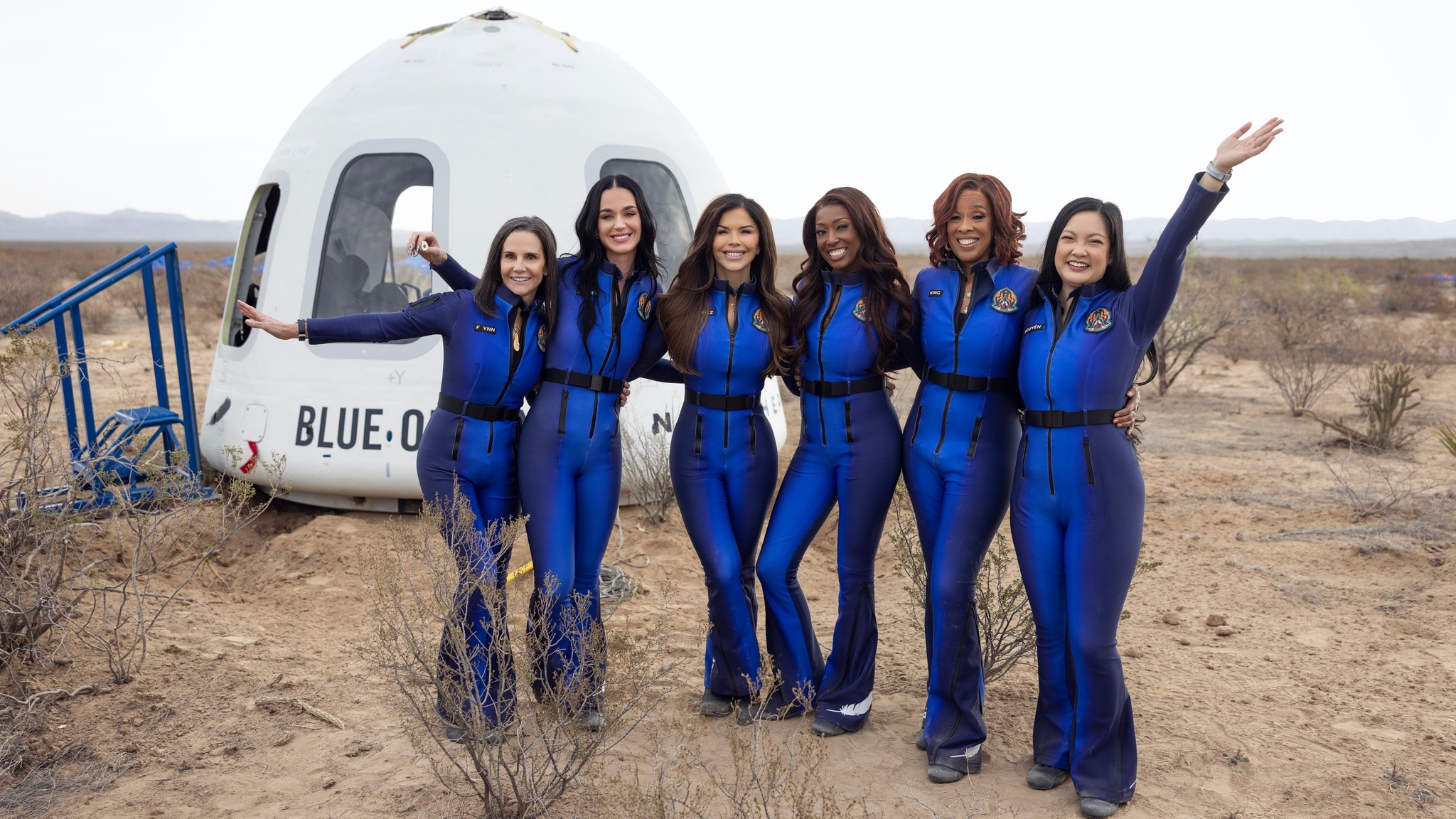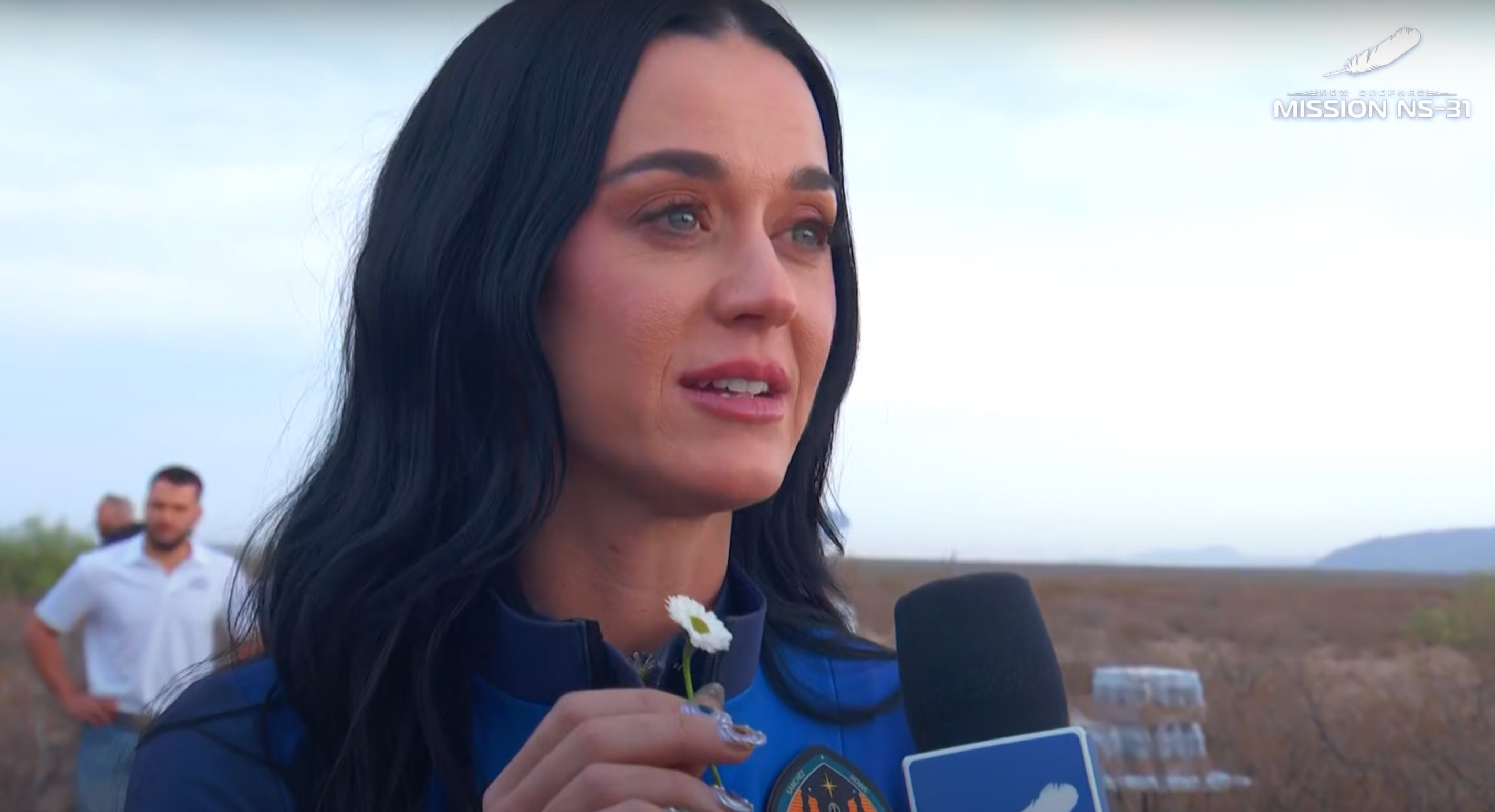Astronauts Serve as Earth's Storytellers in National Geographic's 'One Strange Rock'
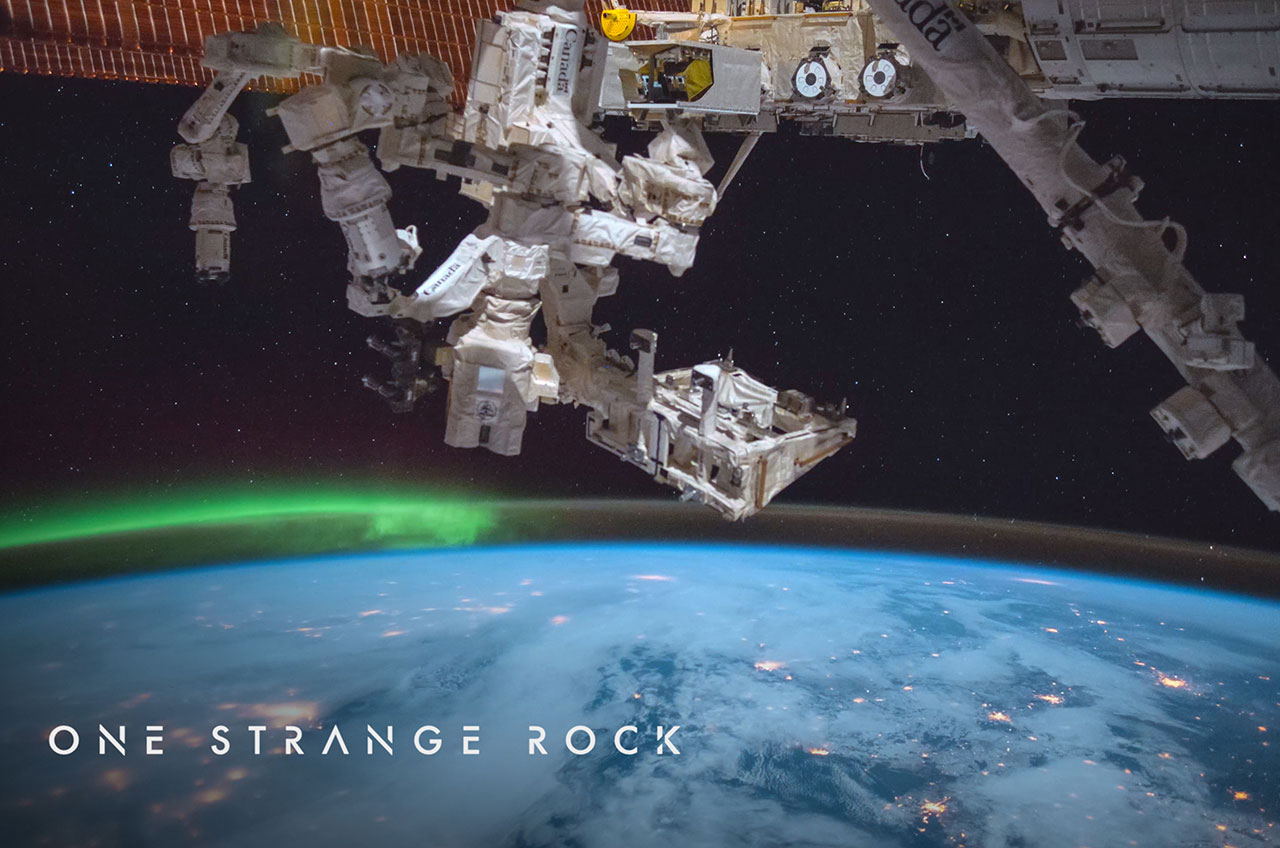
The producers of National Geographic's "One Strange Rock" knew from the start they wanted to tell the definitive story of Earth in a television series unlike any that had come before.
They knew they wanted to capture scenes from across the globe, ultimately filming in 139 locations on six continents, to vividly reveal how life on Earth was interconnected with the planet itself. And they wanted to present Earth not as the home we all know, but as the "strange rock" that it is.
What they did not know, at least not at first, was who could guide the audience through such a change in perspective. [Unlikely Duo Teams Up for 'One Strange Rock': Q&A with Chris Hadfield and Darren Arnofsky]
"We were always kicking around the question of who are the storytellers of this? Who are the people who are going to explain it," said Jane Root, the chief executive officer of Nutopia, who with film director Darren Aronofsky served as executive producer of "One Strange Rock."

"We started to work with Darren Aronofsky and one of the team, Vanessa Berlowitz, who was the executive producer of 'Planet Earth II,' had the idea in the middle of the night. It was one of those lightbulb moments," recalled Root in an interview with collectSPACE. "[Berlowitz] said, 'I know who can understand how the Earth works the best, people who have seen it from the outside — astronauts.'"
"And that was it. It was the one-word answer to a problem we had been puzzling about for a long time," said Root.
"One Strange Rock," which debuts on Monday (March 26) at 10 p.m. EDT on National Geographic Channel, features eight astronauts who have spent days and months in orbit circling Earth. The ten-part series includes Jeffrey Hoffman and Michael Massimino, who worked on the Hubble Space Telescope, Mae Jemison and Leland Melvin, who flew on the space shuttle, Jerry Linenger, who lived on the former Russian space station Mir, and Chris Hadfield, Nicole Stott and Peggy Whitson, who resided aboard the International Space Station.
Get the Space.com Newsletter
Breaking space news, the latest updates on rocket launches, skywatching events and more!
Each of the astronauts have set records or led milestone missions, but it was not just their resume that made them a good fit for the series.
"The astronauts are unbelievably engaging and wise," said Arif Nurmohamed, co-executive producer and showrunner. "They are all different, which I think is one of the pleasures of the series across the 10 episodes. Their transformations are different. Their take-homes are different."
"I think each astronaut had their own particular moment of understanding in seeing Earth from space and they are all desperate to espouse it," Nurmohamed told collectSPACE.
"They absolutely see it as both a huge scientific endeavor, the exploration of space and what it tells you about Earth, and were also blown away by the awe and beauty," added Root.
Hosted by actor Will Smith, each episode of "One Strange Rock" is dedicated to a different aspect of Earth and each features one astronaut's personal story. The first episode, "Gasp," focuses on how life and the planet breathe, which Hadfield's account illustrates. [NASA's Best Earth-from-Space Photos by Astronauts in 2017 (Gallery)]
"He had the experience that very few will ever have, where you are literally releasing your precious air into the void," said Nurmohamed, referencing the action Hadfield needed to take on a spacewalk. "That seemed like such a fantastic springboard for to explore that subject."
Hadfield and the other astronauts are presented in black and white, a stark contrast to the colorful scenes shown of Earth, both from the ground and from space.
"We were very keen on echoing, even subconsciously, the single source lighting that you would get in space, where you have sunlight coming in through a window," explained Nurmohamed. "We went for that high contrast approach to reflect, to almost imply, being in space."
"It was hugely important that we did not identify where the astronauts were, because in their storytelling they're telling us about the Earth just as often as they are telling us about space," he said.
Ultimately, the series offers a story of interconnectedness, of how the small effects the large, and how the astronauts' stories are related the story of Earth — and the story of us of all.
"It is a series of parts that come together into something huge," said Nurmohamed. "You could isolate out just the sequences we shot around the world and then it would be a natural history documentary. Or you could take out the cosmology stuff and it would be a story about the universe. And the same with the astronauts and their stories, and all the other elements that we brought together."
"So it was an incredibly arduous and challenging process to weave all that together into a single narrative and each informed the other," he said.
"The greatest compliment we received was the astronauts saying that the experience of watching the show was the closest they'd come to seeing the Earth from space again," said Nurmohamed, "because we had tried to capture their sensations of wonder and awe in what we filmed from the ground.”
Watch the trailer for National Geographic's "One Strange Rock" at collectSPACE.
Follow collectSPACE.com on Facebook and on Twitter at @collectSPACE. Copyright 2018 collectSPACE.com. All rights reserved.
Join our Space Forums to keep talking space on the latest missions, night sky and more! And if you have a news tip, correction or comment, let us know at: community@space.com.

Robert Pearlman is a space historian, journalist and the founder and editor of collectSPACE.com, a daily news publication and community devoted to space history with a particular focus on how and where space exploration intersects with pop culture. Pearlman is also a contributing writer for Space.com and co-author of "Space Stations: The Art, Science, and Reality of Working in Space” published by Smithsonian Books in 2018.In 2009, he was inducted into the U.S. Space Camp Hall of Fame in Huntsville, Alabama. In 2021, he was honored by the American Astronautical Society with the Ordway Award for Sustained Excellence in Spaceflight History. In 2023, the National Space Club Florida Committee recognized Pearlman with the Kolcum News and Communications Award for excellence in telling the space story along the Space Coast and throughout the world.


